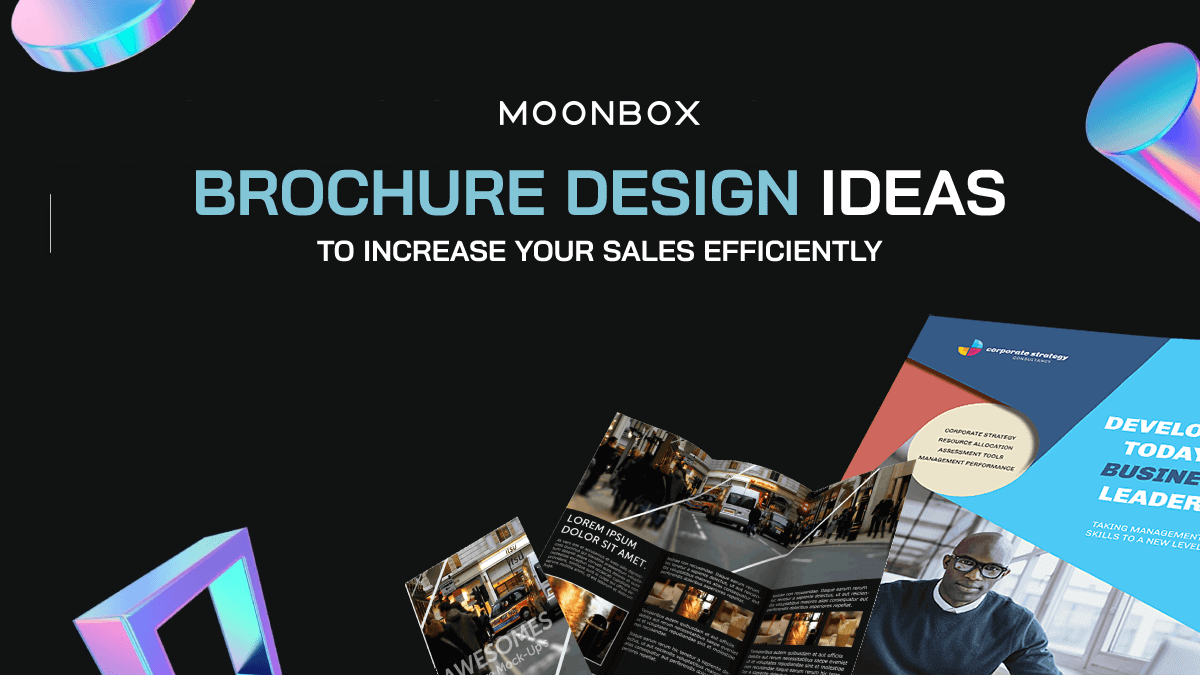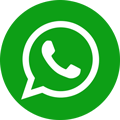Mar 17, 2023

Brochures are an amazing tool that you can use to engage and enlighten potential customers and facilitate your business. Not only do they include comprehensive data about your products and services, but people also have easy access to them since they are distributed in strategic areas.
In order to come up with an effective brochure design, you need to consider a few things to make an everlasting impression. Here are some guidelines for designing brochures, as well as brochure ideas to encourage your design.
Get your custom Brochure Design Services from MoonBox
Before you start creating your brochure, you must first carry out the following tasks:
Now on to designing your brochure. Here are some tips to guide your design process and help you create an effective brochure:
Brochures are content-heavy, which indicates they depend on the creative use of design elements to get the reader’s attention. How to design brochures, though, can become meticulous. You’ll need to select shapes, lines, textures, colour schemes, and other visual elements that help you present current data in an attractive way while making sure that they are also compatible with your overall branding.
When you’re creating your brochure, consider using visuals that people will really care about. Rather of displaying plain old product shots, why not showcase the advantages that customers can experience through proficient and high-quality images of people confronting your products or services, or use graphics and icons to show remarkable numbers and statistics from your business?
Your content is just as necessary as the design, for it is there that you can discover the two most important parts of your brochure: the headline and call to action (CTA). Your headline serves as bait to entice your target audience, and your call to action directs them to conversions.
Make sure your headline concentrates on customer advantages and is in a display font for the greatest readability. Be direct and state your call to action in a prominent way by using bold fonts as well. As for your body text, use bullet points to emphasize key features instead of using prolonged sentences.
The first rule of design is to not make it difficult for people to read the content. Your copy should be readable against any background, whether you use bold or contrasting colors.
Break up text blocks with headings, subheadings, and white space to avoid overcrowding each fold or page of your brochure. Avoid using small types, and define your font styles and colors to a max of three. Sans serif fonts are a widespread and commonly used typeface for brochures
As there are numerous brochure designs to choose from, there are also numerous brochure layouts and folds to use in your design.
Marketing brochures assist companies to market their products or services. They’re traditionally single or multi-fold paper-based records (although with the advent of the digital age, they also come in digital varieties as well) and come in different shapes and sizes (most often corresponding a pamphlet or an A4 size piece of paper.)
Marketing brochures come in diverse fold types, i.e.: single fold brochures, bi-fold brochures and tri-fold brochures and are used interchangeably with the phrase pamphlet.
A brochure can have numerous pages, although pamphlets are usually single-page papers. A brochure is usually intended to advertise a product or service, while a pamphlet is designed to provide information. Pamphlets are unbound, whereas brochures can have numerous pages and are therefore bound.
